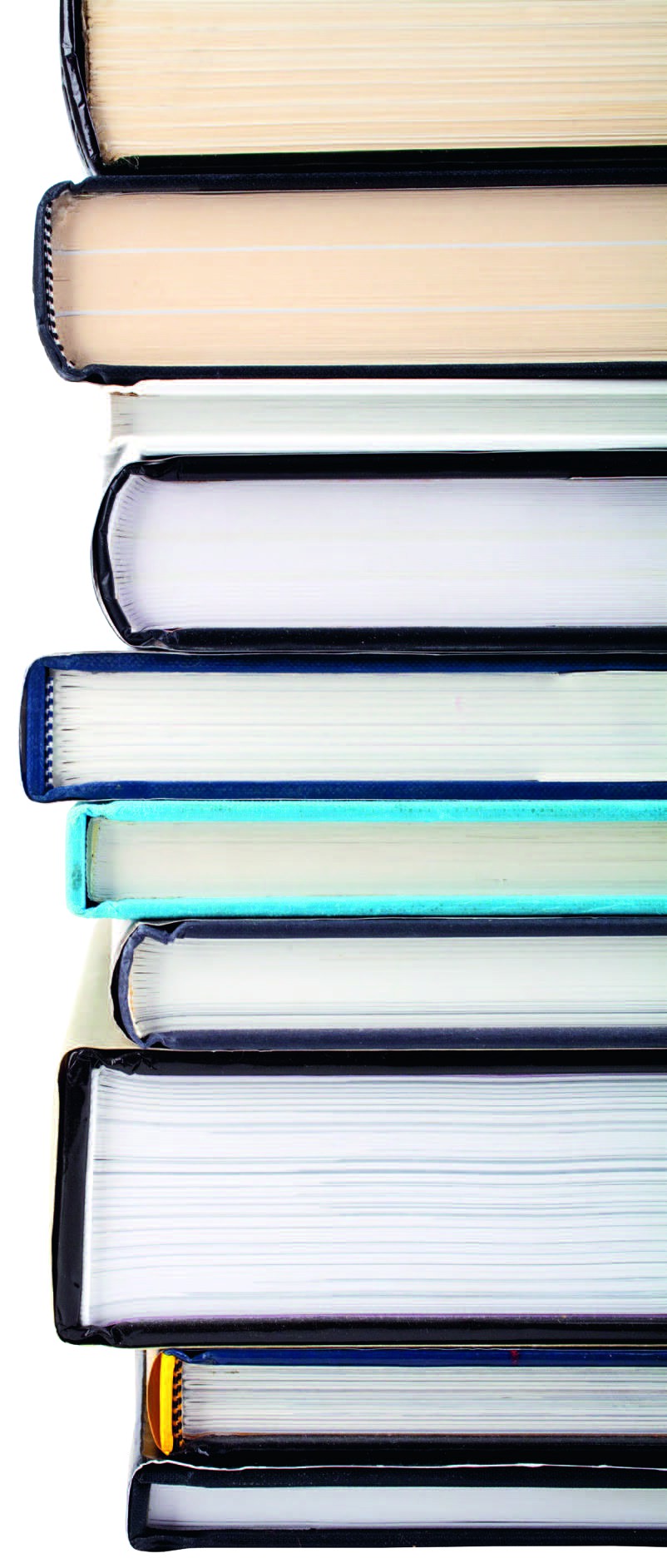
Teachers place much emphasis, quite correctly, on how to identify the validity and reliability of primary sources. Such historical records form the basis of at least one examination paper set by the main awarding bodies and it is therefore important that you are primed to analyse and evaluate such materials effectively. However, this is often done while neglecting the significance of secondary sources in the teaching and learning process.
In history, secondary sources are records of information that are produced some time after the period in question. They include textbooks, monographs, biographies, magazine or journal articles, some websites, television or cinematic documentaries, radio programmes and blogs.
Your organisation does not have access to this article.
Sign up today to give your students the edge they need to achieve their best grades with subject expertise
Subscribe




